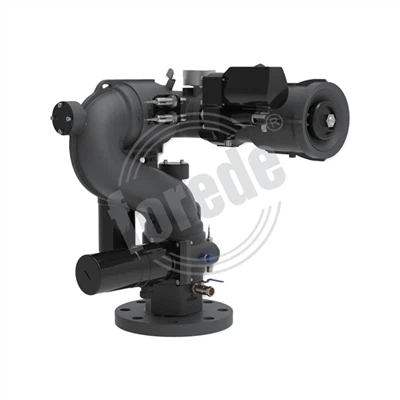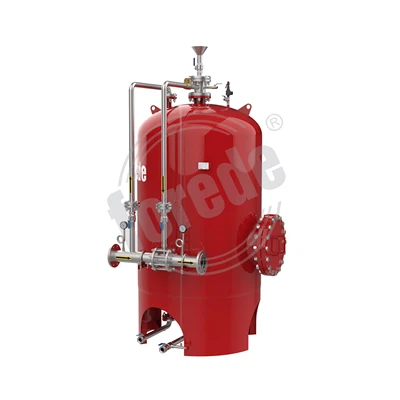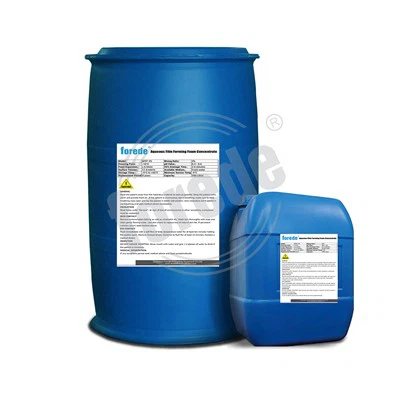Products Description

Comprehensive Introduction to Aqueous Film-Forming Foam (AFFF)
Aqueous Film-Forming Foam (AFFF) is a specialized firefighting agent designed to suppress and extinguish flammable liquid fires, particularly Class B fires involving hydrocarbons (e.g., gasoline, diesel, jet fuel) and polar solvents (e.g., ethanol, acetone). Developed in the 1960s, AFFF combines water, fluorochemical surfactants, hydrocarbon surfactants, and stabilizing agents to create a highly effective foam solution.
How AFFF Works
When AFFF concentrate is mixed with water and aerated, it produces a low-viscosity foam that spreads rapidly across the surface of burning liquids. Its dual-action mechanism involves:
Formation of an Aqueous Film: The fluorosurfactants in AFFF reduce the surface tension of water, allowing it to spread as a thin, continuous film over the fuel. This film separates the fuel from oxygen, suppresses vapor release, and cools the fuel surface.
Foam Blanket: The foam layer acts as a physical barrier, smothering flames and preventing reignition by blocking oxygen and fuel vapor contact.
AFFF is typically proportioned at 1%, 3%, or 6% concentrations depending on the fire risk and equipment specifications.




















